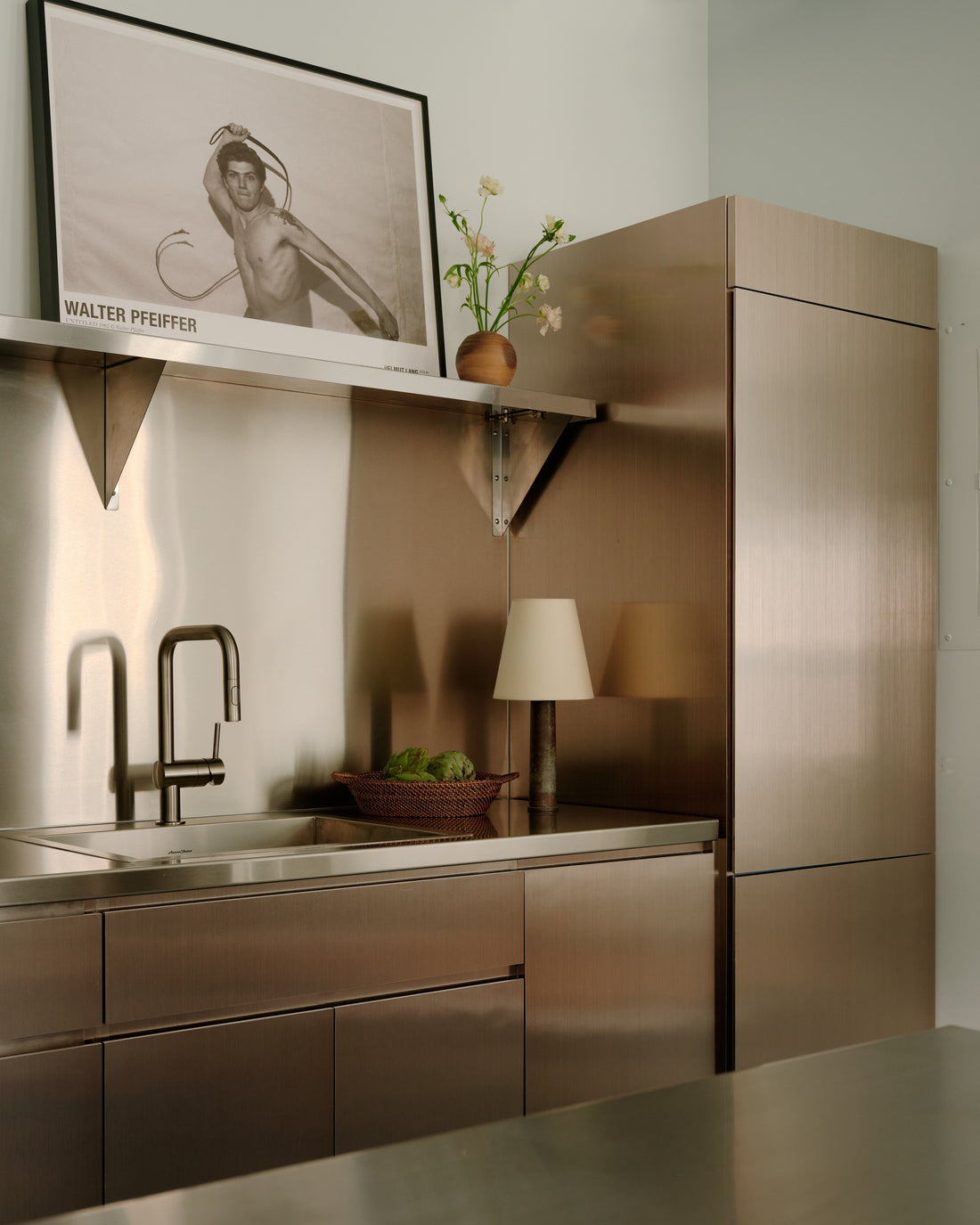
Mastering the Art of Interior Design Photography: Capturing Spaces in Stunning Detail
Interior design photography is a dynamic and captivating art form that allows you to document and showcase the beauty of interior spaces. Whether you're a professional photographer, a homeowner looking to capture your own design achievements, or an aspiring interior design enthusiast, learning the techniques of interior design photography can help you create images that truly capture the essence and aesthetics of a space. In this guide, we'll delve into the key steps, tips, and considerations for taking captivating interior design photos that highlight the artistry of architecture and décor.
1. Plan and Prepare
Before even picking up your camera, it's essential to plan and prepare for your interior design photoshoot. Consider the purpose of the photos – are you documenting your own design project, showcasing your portfolio, or capturing a client's space? Understanding the goal will influence your approach and the aspects you emphasize in your photographs.
2. Lighting is Key
Lighting is arguably the most critical factor in interior design photography. Natural light is often the preferred choice, as it creates a warm and inviting atmosphere. Schedule your shoot during the time of day when the room is filled with soft, diffused light. However, if natural light is insufficient, you can strategically use artificial lighting to highlight specific areas or features.
3. Prepare the Space
Before taking any photos, ensure that the interior space is clean, organized, and decluttered. Remove any distracting elements or personal items that might divert attention from the design elements you want to capture. Straighten furniture, fluff pillows, and arrange décor items to create an aesthetically pleasing composition.
4. Choose the Right Angle
The angle at which you capture an interior space can significantly impact the visual impact of your photograph. Experiment with different angles to find the ones that best showcase the room's design. Wide-angle shots that capture the entire space are ideal for conveying the overall layout, while close-up shots highlight intricate details and textures.
5. Use a Tripod
A tripod is a valuable tool in interior design photography. It helps ensure sharp, clear images by eliminating camera shake. Additionally, using a tripod allows you to compose your shots more thoughtfully and precisely, especially in low-light conditions where longer exposure times are necessary.
6. Frame and Composition
Composition plays a vital role in interior design photography. Use leading lines, symmetry, and the rule of thirds to create visually pleasing and balanced compositions. Pay attention to how elements are placed within the frame, and consider how they interact with each other to tell a cohesive story.
7. Showcase Architectural Details
If the interior space boasts unique architectural details – such as intricate moldings, decorative ceilings, or grand staircases – be sure to capture them in your photographs. These details contribute to the character of the space and demonstrate your attention to the design's finer points.
8. Highlight Focal Points
Every interior space has focal points – these are the elements that draw the viewer's eye and serve as visual anchors. Whether it's a striking piece of artwork, a beautifully designed fireplace, or a statement piece of furniture, ensure that your photographs emphasize these focal points.
9. Use the Right Equipment
While professional-grade equipment is ideal, you don't necessarily need high-end gear to capture stunning interior design photos. A digital single-lens reflex (DSLR) camera with a wide-angle lens or a mirrorless camera can yield impressive results. Ensure that your lens choice allows you to capture the breadth of the space without significant distortion.
10. Pay Attention to Color and Tone
Colors and tones play a significant role in interior design. Ensure that the colors captured in your photos accurately reflect the color palette of the space. Pay attention to the color temperature of your lighting to avoid any unwanted color casts.
11. Utilize Post-Processing
Post-processing is the final touch in interior design photography. Software like Adobe Lightroom or Photoshop allows you to fine-tune your images by adjusting exposure, contrast, color balance, and more. However, remember that post-processing should enhance your images while maintaining their authenticity.
12. Experiment with Different Perspectives
Don't limit yourself to conventional perspectives. Experiment with unique angles, such as overhead shots or shots taken from the corners of the room. These unconventional perspectives can offer fresh and intriguing viewpoints that capture the space in a new light.
13. Tell a Story
Each interior space has a story to tell – whether it's the cozy ambiance of a living room, the sophistication of a home office, or the inviting charm of a kitchen. Try to capture the essence and mood of the space through your photographs, allowing viewers to imagine themselves inhabiting the environment.
14. Consider Depth and Scale
Conveying depth and scale in interior design photography is essential. To achieve this, include elements that provide a sense of dimension, such as placing a piece of furniture in the foreground to lead the viewer's eye into the space.
15. Patience and Perseverance
Interior design photography requires patience and perseverance. Take your time to compose your shots, adjust settings, and wait for the ideal lighting conditions. Don't be afraid to take multiple shots from different angles to ensure you capture the space at its best.
In Conclusion
Interior design photography is a harmonious blend of art and technical skill. By carefully considering lighting, composition, perspective, and post-processing, you can capture the beauty and essence of interior spaces. Whether you're photographing your own designs, showcasing your portfolio, or simply expressing your passion for interior aesthetics, each photograph becomes a testament to the creative collaboration between design and photography. With practice, observation, and a keen eye for detail, you can master the art of interior design photography and create images that resonate with viewers and capture the magic of spaces transformed by design.
